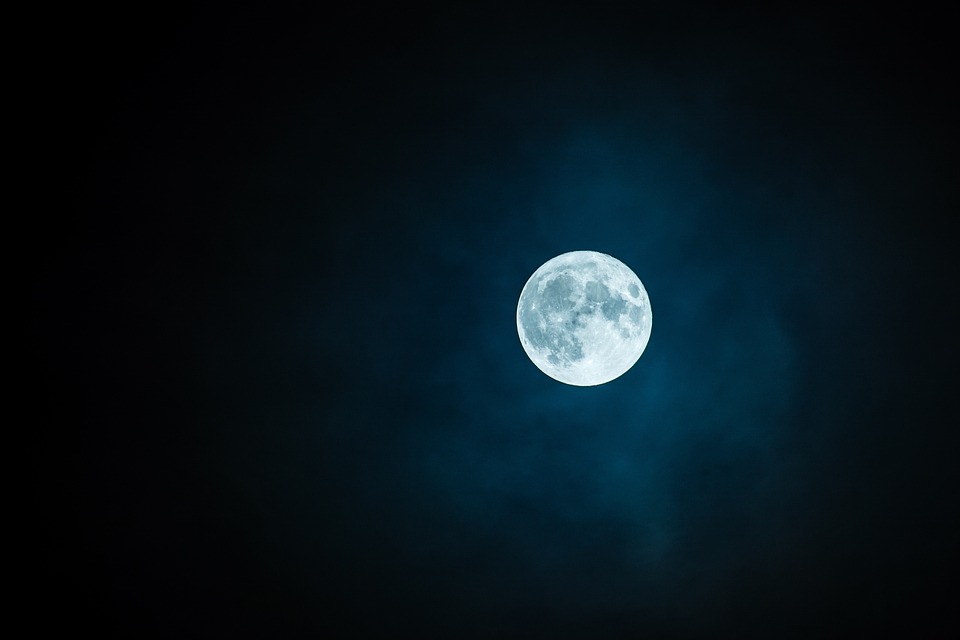All 1st Grade Science Resources
Example Questions
Example Question #1 : Earth And Space Science
If the weather has been sunny and warm all week, what is a likely prediction for the weather tomorrow?
freezing rain and cold
sunny and warm
snow and cold
rainy and cold
sunny and warm
If a weather pattern has been sunny and warm all week, that is likely to continue. It would be uncommon for the weather to turn cold, with snow and freezing rain so quickly.
Example Question #2 : Earth And Space Science
At night, what could you see in the sky?
The moon and the sun
The moon
Stars and the moon
Stars
Stars and the moon
At night, the sky is dark. The sun cannot be seen in the night, only during the day. However, you could see both the moon and stars in the sky at night.
Example Question #1 : 1st Grade Science
During the afternoon, what could you see in the sky?
Stars
The sun
The moon
The sun and stars
The sun
During the afternoon, it is light outside. The moon and stars cannot be seen when it is light outside. However, you can see the sun during the afternoon.
Example Question #2 : 1st Grade Science
If it is snowing outside, what would the temperature likely feel like?
Cold and hot
Cold
Warm
Hot
Cold
In order for snow to fall, the temperature has to be cold and there has to be moisture in the air. If the temperatures are not low enough, the snow would be rain. When the weather is warm or hot, snow cannot form. The correct answer is cold.
Example Question #1 : Make Observations Of The Sun, Moon, And Stars

What type of moon is this?
Full moon
New moon
No moon
Full moon
This is called a full moon. We can observe the moon in the night sky and see that at different parts of the night it is somewhere different in the sky. It will also appear to change it's size and shape based on the time of month.
Example Question #2 : Make Observations Of The Sun, Moon, And Stars
Which answer lists what we can see in the night sky?
The Moon and stars.
The Sun and Moon.
The stars and Sun.
The Moon and stars.
In the night sky, the moon and stars can be seen. We cannot see the sun during the nighttime. By looking up in the sky, we can observe and record what we see.
Example Question #1 : Make Observations Of The Sun, Moon, And Stars

What do we call this bright object in the sky?
The Sun
The Moon
It does not have a name
The Sun
This is the Sun. It is seen during the daytime. It is the only star in our solar system and gives our planet warmth.
Example Question #3 : Make Observations Of The Sun, Moon, And Stars
Sam looks out her window in the morning and observes the Sun in the sky. Later she looks outside and it is still light out but she can't see the Sun anymore. Why?
The Sun can only be seen in the morning time from Sam's home.
The Earth has moved to the Sun is in a different part of the sky.
The Sun has disappeared and can't be seen again.
The Earth has moved to the Sun is in a different part of the sky.
Sam cannot see the Sun out of her window in the evening or later in the day because the Earth has moved! The Sun appears to move through the sky but it is actually the Earth that is moving. As the Earth spins the Sun appears in different parts of the sky.
Example Question #4 : Make Observations Of The Sun, Moon, And Stars
The stars can only be seen during the night.
False
True
True
This is a true statement. We can see one star during the day, our star the Sun, but we cannot see all of the other stars and constellations. During the daytime, the Sun it too bright for us to see other stars.
Example Question #5 : Make Observations Of The Sun, Moon, And Stars
Which objects are seen in the daytime?
The Moon, clouds, and stars.
The Sun and Moon.
The Sun and clouds.
The Sun and clouds.
During the daytime, we are only able to see the Sun and clouds. It is too bright to see the Moon and the stars. Sometimes when it is cloudy, even the Sun is hard to see!
All 1st Grade Science Resources




